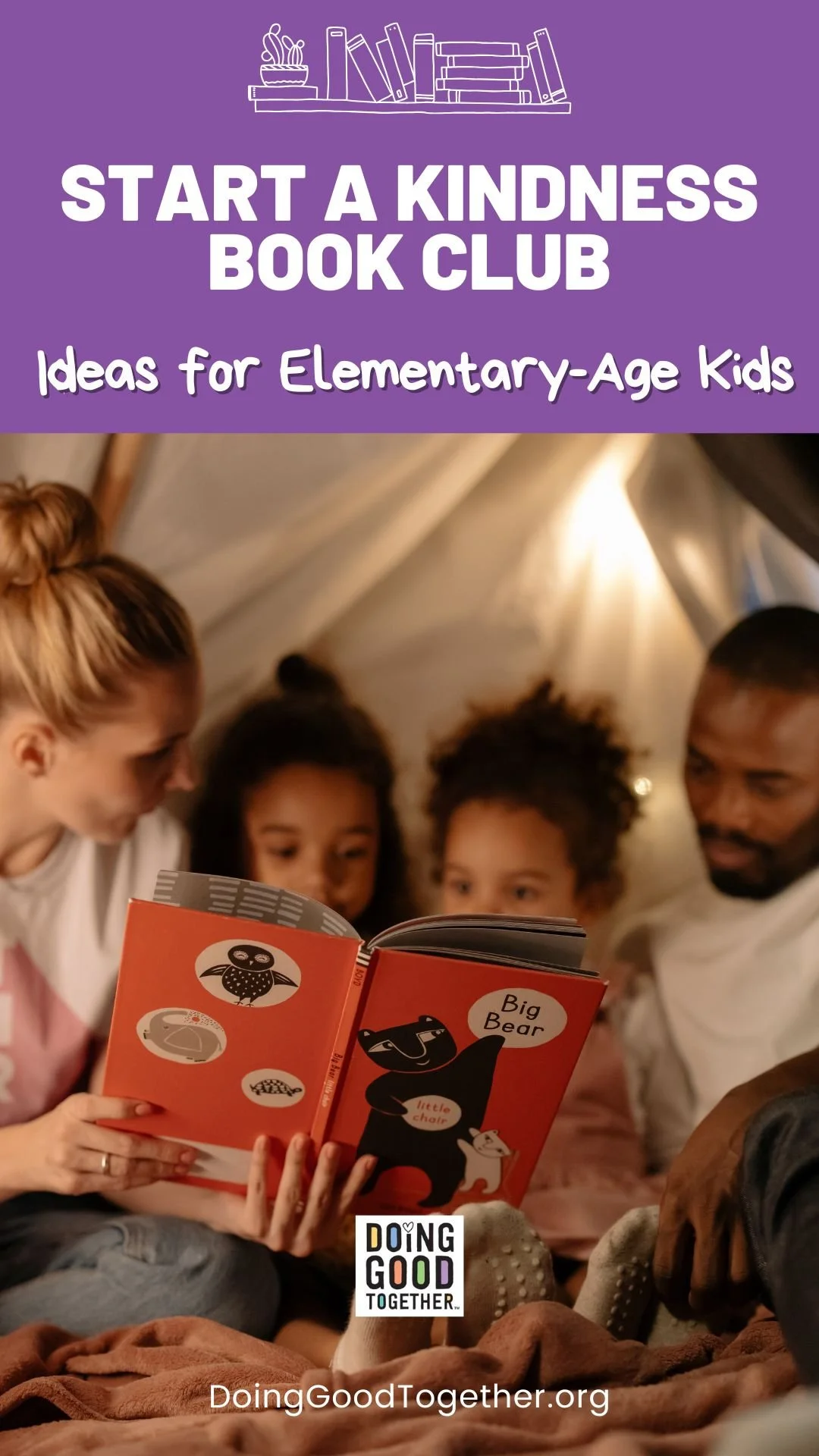Mental health experts recommend helping young people build an understanding over time of what they can and can’t control. Bringing the focus to “how we treat other people; what activities we do the next day; what goals we have; who we spend time with; how hard we try to do the best we can” is something we can start in middle childhood to build a strong frame of reference in adolescence.
Embrace the Chaos: Supporting a Child’s Growth Through Turbulent Times
Buckling up for a metaphorical bumpy ride from time to time as you enter a new job, experience a change in leadership, or encounter a developmental growth spurt is something that begins at birth and follows us until life’s conclusion. The winds of change blow strong. With children, we sometimes don’t see the changes themselves right away; instead, we see the impact of the changes in personal barometers of behavior and mood. How can we as supportive humans respond effectively to the need for change and see the purpose behind the disequilibrium?
Transforming a Child’s “I Can’t” into “I Can!”
As adults, we have a better sense of what is within our locus of control and how we can approach solving problems from our mature perspective, whereas young children see a lot of problems as big and insurmountable even if they are not. The good news is that we can cultivate the growth of our child’s sense of helpfulness over time in ways that match their developmental stage, while teaching about both agency AND the interconnectedness of humanity.
Inspiring a Growth Mindset for Kids: How Parents Can Lead by Example
in the last few years, I have worked diligently to cultivate a growth mindset and to model that approach for my teenage children. The basic idea behind this concept is that by using “yet” at the end of a sentence, we reframe our approach to problems and retrain our brains to see challenges as opportunities to learn and grow.
How to Talk to Kids About Poverty, Mental Illness, Systemic Racism, and Violence
The world in which we are helping our children to grow is not free from adversity, small or large. We cannot shield young people from the troubles of their community and world. And while it might make us caring adults feel better to try, research shows that doing so is not to their benefit, either. Children are innately curious and working continuously on relating to others as their empathy skills develop. They wonder about big questions like, “how am I similar or different to people I see suffering,” “could that happen to me,” and “my heart hurts for them; how do I help them.” Many who witness tragedy or challenges faced by other people in the world ask the same questions. How do we explain problems like poverty, mental illness, systemic racism, and violence to these small humans?
Help Kids Build Resilience
Celebrate Kindness this Valentine’s Day with Doing Good Together™
Create a Family Mission Statement This Resolution Season
Research shows that families who co-create mission statements and continually revisit their shared values feel more connection to one another and a sense of responsibility to others. It also aligns with the values of families who are Doing Good Together! Does this sound like something you and your family would like to try? Here are some tips to encourage you in writing a mission statement that reflects your family’s values and centers your efforts to identify and continually practice your family’s mission.
8 Big-Hearted Remedies to Care for Your Family’s Emotional Colds
Just like the rest of our body, our mental health occasionally struggles with a bout of the grumps or bit of the blues. These emotionally low moments - featuring worry, self-doubt, fear, frustration, anger, and sadness - are a developmentally normal response to the rough patches of childhood and the stresses of the big changes our children experience throughout their growing up years. It’s our job to help our children learn to understand, cope with, and overcome their emotional upheaval. DGT is offering a few creative strategies to help you start a stockpile for your next run-in with the emotional sniffles.













